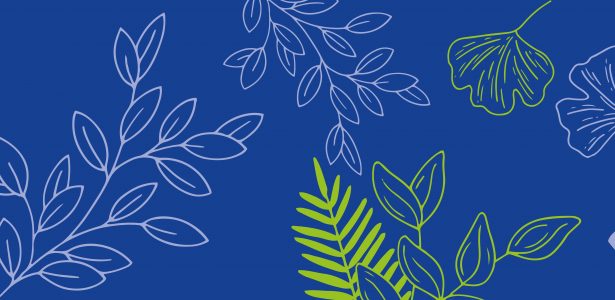Non-native trees make our cities more colorful, some of them resistant to drought and pollution. They support honey production, prevent soil erosion, produce timber in a more efficient way compared to traditional trees. Besides the benefits, there are also risks of invasiveness, the spread of diseases, or the loss of native biodiversity.
Citizen science is an important component of ALPTREES project which is focused on sustainable use of non-native tree species in the Alpine region. Involving volunteers aims to complement existing information (forest inventory, city tree cadasters) on tree species occurrence, raising awareness on the benefits and threats associated with alien trees, involve people in co-design policy and management options.
How to engage people of different ages to participate in inactivity, which is educational, scientific, practical, and outdoor? Biology teachers could find this handy tool useful to transfer knowledge in gaming and social networking way. Teachers of informatics could take over and further teach how to do a spatial analysis of collected data. We use iNaturalist to collect information on the spatial distribution of nonnative trees in cities, parks, and forests. We were pleased to invite the public to our ALPTREES iNaturalist Train the Trainer Webinar, organized by the ALPTREES team.
Here you find some tips on how to use iNaturalist in the classroom:
inaturalist-en-classe-french-.pdf
inaturalist-in-classroom-manual-english-.pdf
inaturalist-im-unterricht-manual-german-.pdf
inaturalist-in-classroom-italian-.pdf
inaturalist-in-classroom-slo-.pdf
The lecture (in three parts) by Dmitry Schepaschenko (IIASA) is focused on iNaturalist Application, where citizens can contribute to science and learn about trees, both native and non-native.

